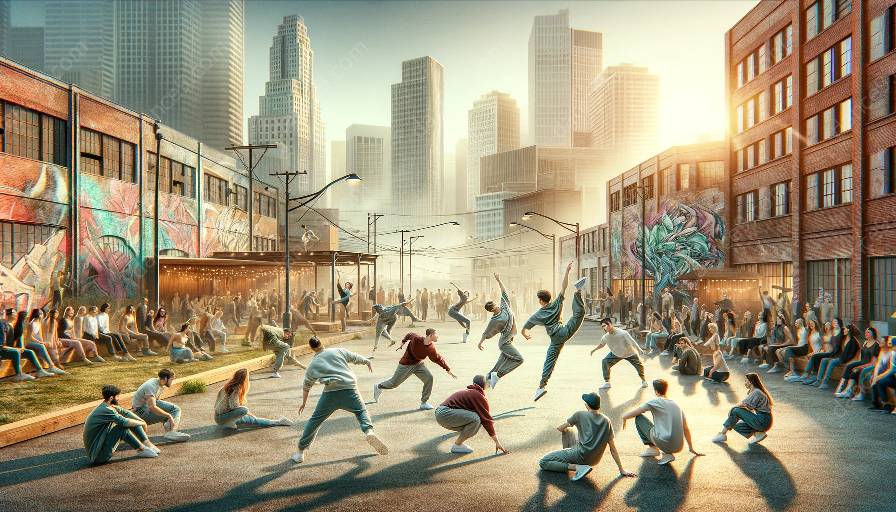Contemporary dance has transformed the world of performing arts, embracing improvisation as a key element of expression and creativity. This article delves into the challenges faced by dancers in incorporating improvisation into contemporary dance, highlighting the impact and significance of contemporary dance improvisation in the realm of artistic expression.
Understanding Contemporary Dance Improvisation
Before delving into the challenges, it's important to understand the essence of contemporary dance improvisation. Unlike traditional forms of dance, such as ballet, contemporary dance emphasizes self-expression, fluidity, and innovation. Improvisation within this genre allows dancers to tap into their creativity, explore uncharted movement patterns, and engage with their environment in unique ways.
Challenges Faced by Dancers
1. Physical and Mental Agility:
One of the foremost challenges of improvisation in contemporary dance is the demand for physical and mental agility. Dancers must possess a high level of fitness, flexibility, and stamina to navigate the unpredictable nature of improvisation while maintaining a strong mental focus.
2. Creative Block:
Immersing oneself in the realm of improvisation can be daunting, leading to creative blockages. Dancers often grapple with self-imposed limitations and fear of failure, hindering their ability to freely express themselves through improvised movements.
3. Collaboration and Communication:
Contemporary dance improvisation frequently involves collaborative efforts, requiring dancers to communicate non-verbally and sync their movements with fellow performers. This challenge lies in establishing a seamless flow of improvisation while harmonizing with others in the absence of predetermined choreography.
4. Vulnerability and Authenticity:
Immersing oneself in improvisation demands a willingness to embrace vulnerability and authenticity. Dancers must shed inhibitions, insecurities, and preconceived notions to authentically express their emotions and experiences through spontaneous movements.
The Impact of Contemporary Dance Improvisation
While the challenges are significant, contemporary dance improvisation also yields transformative effects on the art form:
- Enhanced Artistic Freedom: Improvisation empowers dancers to break free from structured choreography, fostering a sense of liberation and individuality in their performances.
- Innovative Expression: The spontaneity of improvisation fuels innovative modes of expression, enabling dancers to explore uncharted territories of movement and emotion.
- Emotional Resonance: Through improvised gestures and movements, dancers can evoke profound emotional resonance, forging authentic connections with audiences.
- Creative Evolution: Contemporary dance improvisation serves as a catalyst for the evolution of dance as an art form, pushing boundaries and redefining aesthetic norms.
Navigating Contemporary Dance Improvisation
To navigate the challenges and reap the benefits of contemporary dance improvisation, dancers often undergo rigorous training and cultivate key skills:
- Physical Conditioning: Dancers prioritize physical conditioning to enhance strength, flexibility, and endurance, preparing their bodies for the demands of improvisation.
- Exploratory Practice: Engaging in exploratory practice sessions allows dancers to familiarize themselves with spontaneous movement creation and expand their improvisational vocabulary.
- Collaborative Training: Dancers engage in collaborative training to develop non-verbal communication skills, adapt to group dynamics, and synchronize their movements with fellow performers.
- Emotional Vulnerability: Embracing emotional vulnerability through introspective practices helps dancers connect with their inner experiences and express them authentically through improvisation.
Embracing the Essence of Improvisation
In conclusion, the challenges of improvisation in contemporary dance are deeply intertwined with its transformative impact on the art form. Dancers navigate physical, mental, and emotional obstacles to harness the liberating and innovative potential of improvisation, ultimately reshaping the landscape of contemporary dance.




























